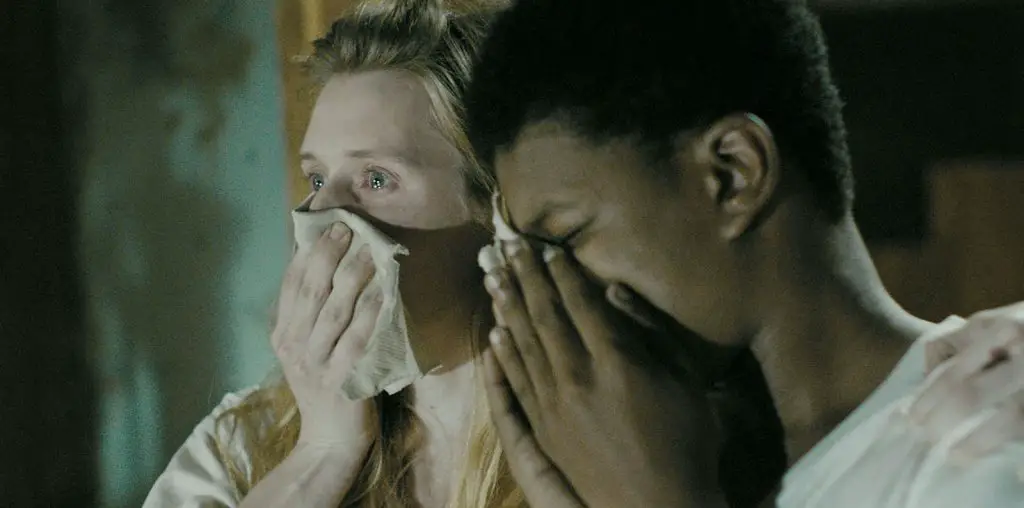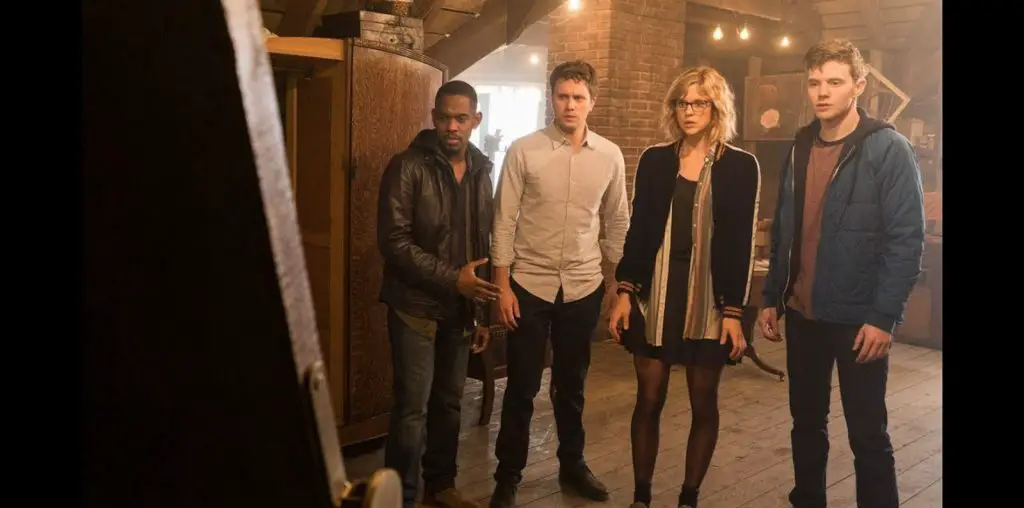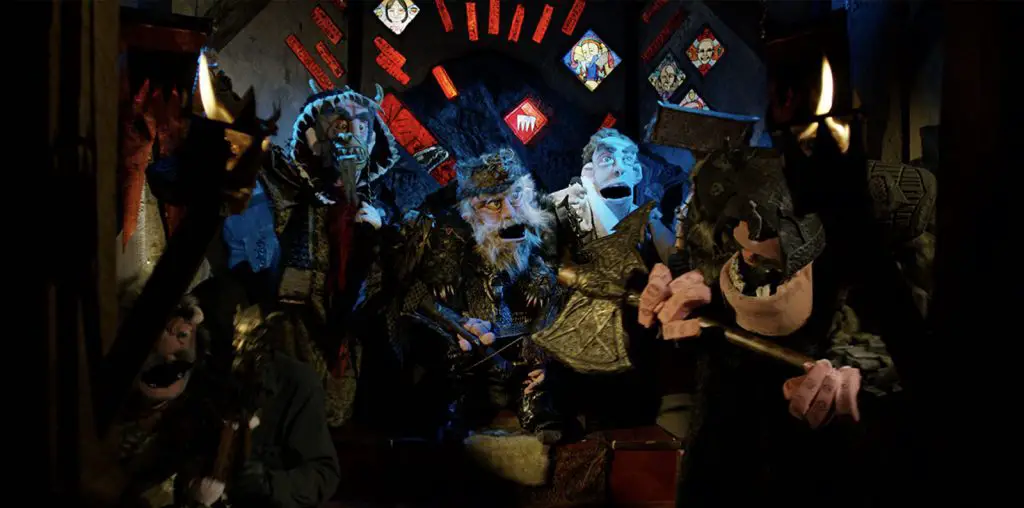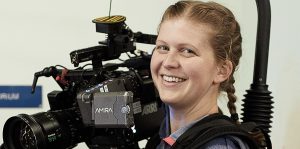
It’s ironic that I had the chance to interview cinematographer Carissa Dorson for a print interview. This was my first chance to hear about the current state of film production from behind the lens. Carissa was the Director of Photography for the recent feature, Darkness in Tenement 45 (now on VOD). She recently returned to her comedy roots as part of Sketchy Times with Lily Singh (now on Peacock). We talked about shooting a pandemic before a real pandemic and shooting during a pandemic. Also an accomplished photographer, Carissa is currently running a Kickstarter Campaign for a book inspired by conversations with her father.
Let me start with a silly question on my part. In terms of being a director of photography, how do you define that? I’m assuming it’s more than just being the person behind the camera.
Carissa Dorson: I would say being a cinematographer involves taking the script, which includes the plot and the emotional story, and translating that onto the screen. So I’m in charge of all the visuals, from lighting to camera movements and framing. And I try to create a visual style that goes with the story.
I found you through the film, Darkness in Tenement 45. It’s an interesting story about a global pandemic, and it was completed long before this current one. Is there anything you might have changed now that you’re living through one now?
I think just little things. There’s a part where a character gets sick, and I don’t think the other characters would have gotten so close to her in that situation. I feel it now watching back like, “Oh, don’t get face-to-face with her, distance.” But I mean, that’s the only little thing I can think of right now. It is crazy. Back then, I never would have believed what we’re going through right now.
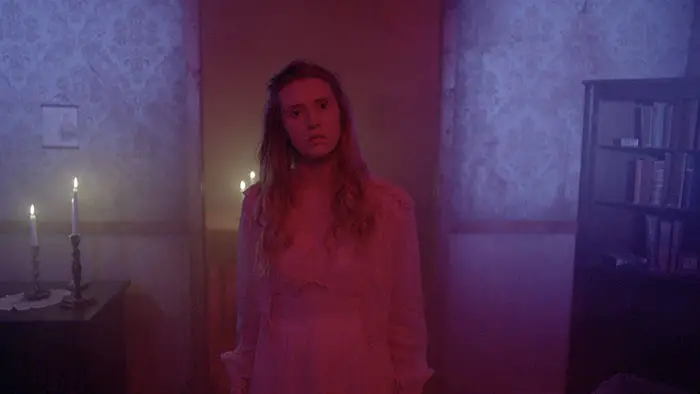
“…involves taking the script, which includes the plot and the emotional story, and translating that onto the screen.”
With Darkness, you have the script, ideas—what is that collaborative process like with the director, and others, like production design and so on?
I started early, collaborating with Nikki Groten, the director. We were both prepping on our own time. We were working on other things, had other jobs. Being good friends, we meet and talk about this film. Nikki had a detailed shot list, and we shot listed everything together. She ended up making diagrams of the blocking, using this program, Shot Design. It was pretty intense preparation, talking about things as detailed as blocking because we would have such a quick 12-day shoot. Nikki and I also brought in Caitlin Williams, the production designer, for early conversations about lighting because the way I was lighting it affected the way her production design looked. Like the wallpaper, we did camera tests with different wallpaper choices because we were planning to go green in-camera, which changed the color of the production design. So we had to make sure we were on the same page with that.
You also float in the world of comedy as well. Is there a difference in the way you approach both genres?
I think there are a lot of similarities. I think horror can be enjoyable. I feel the same way about horror as I do with comedy, but I definitely approached it differently. I was excited to do more with lighting than I would in a comedy. There are many dream sequences in the film that go crazy with blues and reds, and it has a ghostly feel to it. I got to use the camera to mirror her mental state because much of the movie is just seeing Joanna go through internal struggles. as the tension rises, I changed up the camera movements and made it more handheld. And it’s different from the comedy in framing too. I used a lot more wide-angled closeups and made it look really creepy.
